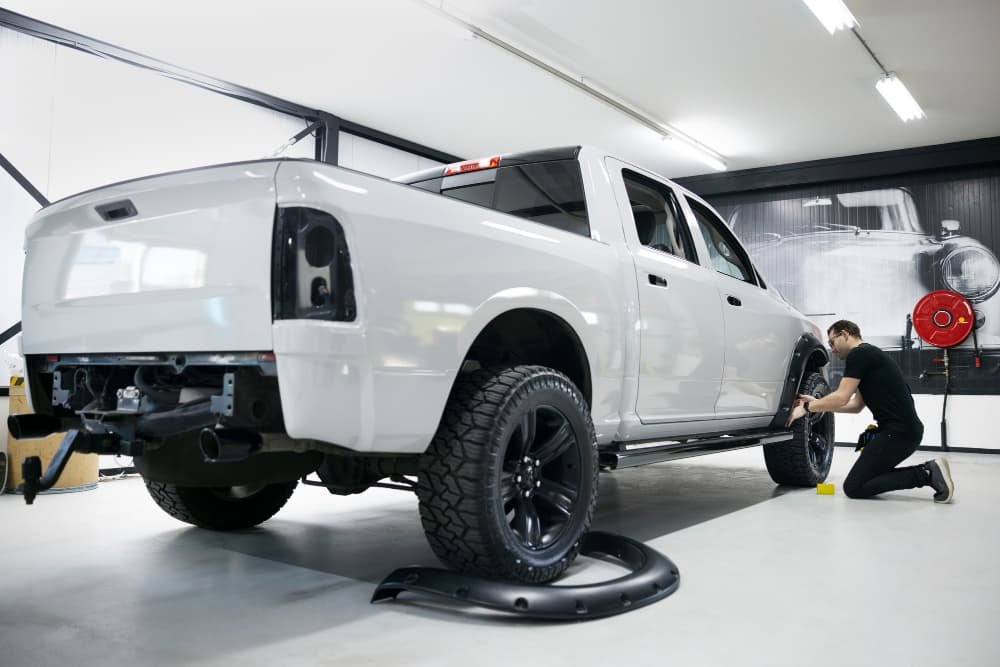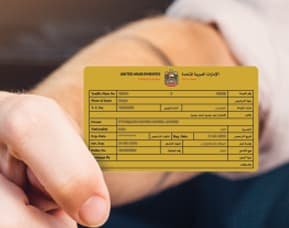Car import to Dubaihas become a popular option for many people looking to purchase a new or used vehicle. There are a number of...
How to Import a Car into Dubai 2025 (Updated)
Importing a car into Dubai might sound hard, but it’s actually easy if you follow the right steps. Many people bring their favorite cars from other countries into Dubai. It can be cheaper, better quality, or just something special they really want. Let’s dive deep into ” how to import a car into Dubai”.
Eligibility Criteria for Importing a Car
Before importing a car, it’s important to check if it’s allowed:
- Age of the Car: The car should not be more than 10 years old unless it’s a classic.
- Left-Hand Drive Only: Dubai only allows cars with the steering wheel on the left side.
- For Personal Use: You can import one car per year for personal use.
- GCC Specs Preferred: Cars made for the Gulf region are easier to register. Non-GCC cars may still be imported but might require extra testing or changes.
To understand how to register a non-GCC car, check out our detailed article on non-GCC vehicle registration in Dubai.
Documents Required for Car Import
Here are the documents you will need:
- The original purchase invoice of the car
- Export certificate from the country you’re bringing the car from
- A copy of your passport and UAE visa
- Your Emirates ID
- Proof of ownership of the car
- Shipping documents, like the Bill of Lading or Airway Bill
- If available, insurance papers

Choosing a Shipping Method
There are two ways to ship your car:
- Sea Freight: Slower but cheaper. Your car is placed in a container or rolled on/off a ship (Ro-Ro).
- Air Freight: Faster but much more expensive.
Choose a good shipping company that has experience with car transport. Always check reviews and prices.
Customs Clearance Process in Dubai
Once your car arrives in Dubai—either by sea (usually at Jebel Ali Port) or air (Dubai Airport)—it must go through customs clearance before it can be registered and driven. Here’s a step-by-step guide to how it works:
Step 1: Car Arrival and Document Submission
When your car reaches the UAE, the shipping company will inform you.
You (or your import agent) must then submit the following documents to Dubai Customs:
- Passport and visa copy
- Emirates ID
- Original car invoice
- Export certificate from the country of origin
- Bill of Lading (for sea shipping) or Airway Bill (for air shipping)
- Proof of insurance (if already arranged)
Step 2: Open a Customs File
You’ll need to open a customs file online through the Dubai Trade Portal or by visiting a customs office. This step officially starts the import process.
Step 3: Vehicle Inspection
A customs officer will inspect the car to:
- Check the car’s chassis number
- Confirm it matches the documents
- Look for any damage or banned modifications
- Ensure it follows UAE import rules
Step 4: Pay Import Charges
You’ll be required to pay:
- 5% Customs Duty: This is calculated on the car’s CIF value (Cost + Insurance + Freight).
- 5% VAT: Charged on the total value, including customs duty.
Example: If your car costs AED 50,000 and shipping + insurance is AED 5,000, the total value is AED 55,000.
You will pay:
Customs Duty = 5% of 55,000 = AED 2,750
VAT = 5% of 55,000 = AED 2,750
Total = AED 5,500
Step 5: Receive the Customs Clearance Certificate
Once everything is done, you’ll receive a Customs Clearance Certificate (sometimes called an “Import Approval Certificate”).
This document is very important—you’ll need it later for car registration with the RTA.

Modifications and Compliance
Not all cars from other countries are ready to drive in Dubai right away. Some may need modifications or changes so they can match the UAE’s road and safety rules. This is especially true for non-GCC spec cars (cars not made for Gulf countries).
What Are GCC Specs?
GCC (Gulf Cooperation Council) specs are special features made for the hot and sandy weather of the Gulf region. These include:
- Stronger air conditioning systems
- Better engine cooling systems
- Dust filters
- Stronger suspension systems
What Modifications Might Be Needed?
If your car does not already meet GCC specs or UAE safety standards, it may need changes like:
- Emissions control: The car must not produce too much pollution.
- Safety features: Airbags, lights, and brakes must meet RTA rules.
- Window tinting: Tint should not be darker than what’s legally allowed.
- Speedometer display: Must show speed in kilometers per hour (KPH).
- Seatbelt and tire checks: These must be in good condition.
Where to Get These Modifications Done
You can take your car to an RTA-approved garage or vehicle testing center. They will:
- Check what changes are needed
- Complete the changes
- Help you pass the inspection test
After the modifications are done and the car passes all checks, you’ll receive a compliance certificate or approval needed to register your car.
⚠️ Note: If your car cannot be modified to meet UAE standards, it may not be allowed for registration.
Registering the Car in Dubai
After the car clears customs, it needs to be registered with the RTA (Roads and Transport Authority) so it can be driven legally in Dubai. Here’s what to do:
- Get a Certificate of Conformity (if needed)
- Take the car for an RTA inspection to make sure it’s safe
- Get car insurance from a UAE provider
- Visit an RTA office
- Pay the registration fee
- Receive your UAE number plate and registration card (called Mulkiya)
You can also read our full article on “How to register an imported car” for further detailed help. If you’re not able to register your car yourself, you can hire a car import expert or service provider. These experts handle all the paperwork and steps for you, making the process faster and easier.
Importing a Car Under Tourist or Temporary Residency
If you’re not living in Dubai full-time—for example, if you’re visiting as a tourist or staying for a short time—you can still bring your car into the country, but only temporarily.
Here’s how it works:
- Temporary Import Allowed: You can import the car for a short stay (up to 6 months).
- Temporary License Plate: You’ll get a special license plate for temporary use, not a regular Dubai plate.
- Required Documents: Even though it’s temporary, you still need to show important documents like:
- Passport and visa copy
- Car ownership papers
- Proof of insurance
- Export certificate from your home country
- Passport and visa copy
📝 Tip: You cannot sell the car in Dubai while it’s under temporary import. It must either be re-exported or fully registered before it can stay permanently.
Cost Breakdown
Importing a car to Dubai isn’t free—there are several costs involved. Here’s a breakdown to help plan your budget:
- Shipping: AED 3,000–7,000 (varies by country)
- Customs Duty: 5% of car value + shipping + insurance
- VAT: 5% of total value
- Modifications: AED 1,000–5,000 (if needed)
- RTA Fees: About AED 500–1,000
- Insurance: AED 1,000–5,000, depending on the car
Always plan your budget before starting the process. Some cars may cost more to bring in, especially luxury or non-GCC models.
Note: These figures are general estimates and can vary based on specific circumstances. It’s advisable to consult with local authorities or professional import services for precise information tailored to your situation. You can contact Car Registration UAE for precise cost estimation.
Tips and Precautions
- Don’t import a right-hand drive car—it won’t be allowed.
- Use a trusted shipping company and agent.
- Check the vehicle history (to avoid buying a damaged car).
- Get an estimate of all costs first—don’t forget taxes!
- If you’re not sure, get help from a car import expert.
Conclusion
Importing a car into Dubai is not as hard as it sounds. Just follow each step carefully: check the rules, gather your papers, choose a good shipper, clear customs, and then register the car. Once you’re done, your dream car will be ready to drive on the roads of Dubai!




